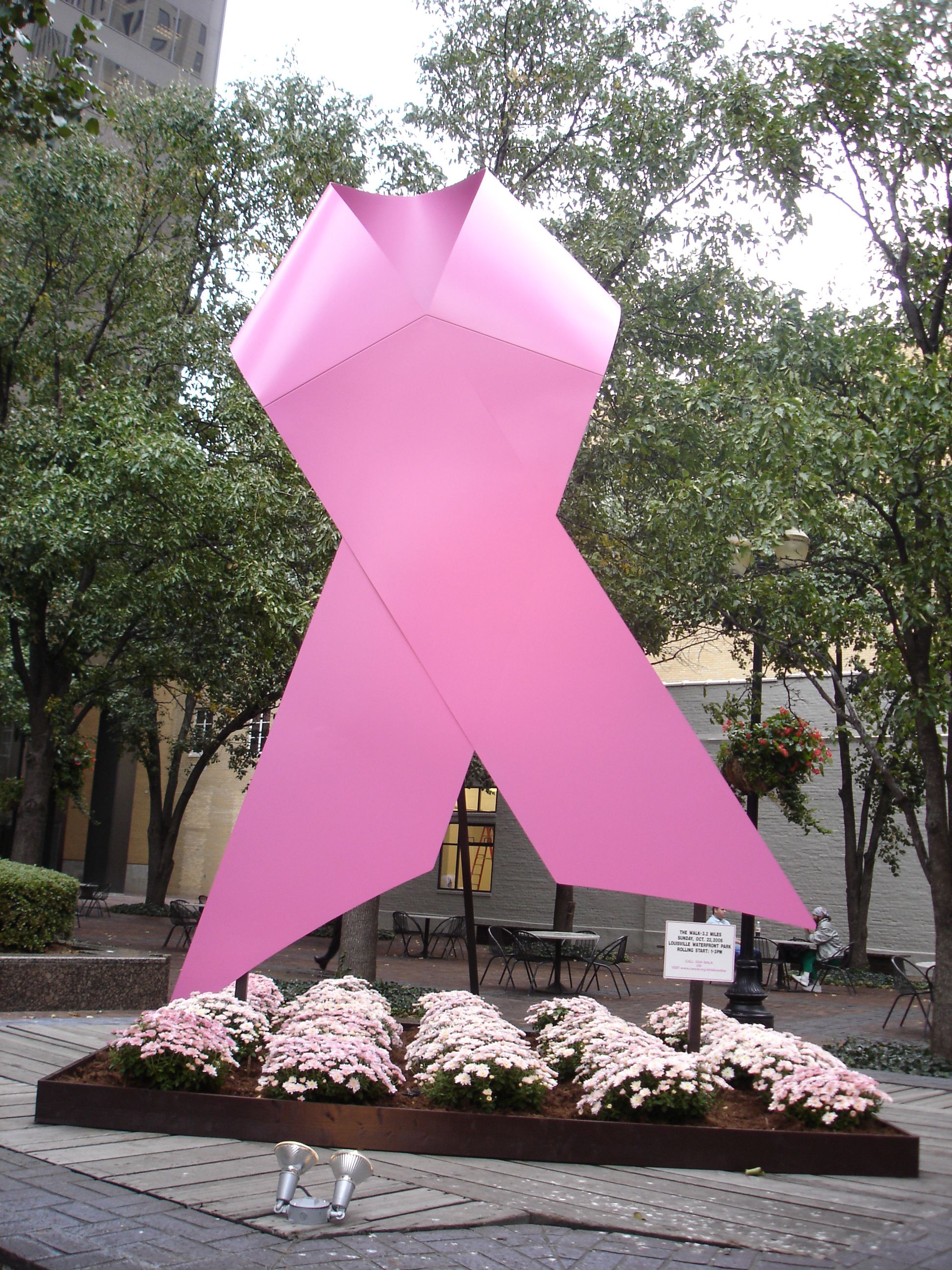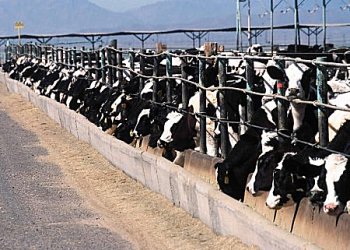|
Was Theodore Roosevelt
an Environmentalist?

|
| NPS |
An avid conservationist, Roosevelt also slaughtered animals by the thousands Theodore
Roosevelt has a stirring biography that matches his larger-than-life personality. The Nobel Peace Prize-winning U.S. president
was a champion of wilderness, yet he was also renowned as a big-game hunter. Who was Teddy Roosevelt, and does he deserve
to be known as an environmentalist?
Born October 27, 1858, into a life of wealth and privilege, Roosevelt was the second child in a socially prominent New
York City family. Poor health, unfortunately, plagued him for much of his life; as a child, Roosevelt suffered from asthma
and a number of other ailments. Despite this, he was encouraged to be as active as possible, and he adopted a "strenuous life"
as a means of combating the effects of illness.
An avid student, Roosevelt graduated from Harvard College in 1880 and married soon after. But tragedy struck on February
14, 1884 -- his young wife and his beloved mother died within hours of each other. A devastated Roosevelt wrote in his diary,
"the light has gone out of my life." Though he was active in New York State politics, he abandoned his political career and
his family to move out to the Badlands of the Dakota Territory and pursue the life of a cattle rancher.
His two years in the Dakota Territory taught Roosevelt to ride, rope and hunt, and instilled in him a love of the outdoors.
A severe winter in 1886-87, however, wiped out his livestock, and Roosevelt returned to New York to reenter politics.
For the full story, visit About.com
Where Do My Pink Ribbon Donations Go?

|
| Wikimedia |
January 5, 2009 — It's difficult to walk through a store without seeing merchandise sporting
a pink ribbon for breast cancer awareness and fundraising. Golf balls, blenders, dog collars, cake pans, neckties, even boxing
gloves and shot glasses are now available being adorned with pink ribbons.
But where, you might ask, does all this charitable money go? And how does it help those who are battling breast cancer?
"The good news is that the vast majority of charities do good work with very limited resources," said Ken Berger, the president
and executive director of Charity Navigator, an organization based in Mahwah, N.J., that evaluates and ranks charities on
their efficiency at delivering funds to those in need.
But Berger and others who track pink ribbon campaigns and similar corporate-sponsored charities caution that your donations
might not provide much help to breast cancer patients.
"Many of these corporate sponsorships are not very charitable at all," he said. "The amount of money going to the charity
is very small. If you buy a product for $100, typically the charity will only get pennies."
For more, go to About.com

Looking for the Hot Spots
Where are home prices going to skyrocket? The savvy observer might try looking at cafes, not schools,
for the answer.

|
| (Los Angeles Times/Richard Lillash) |
By Marc Lallanilla
April 29, 2001 — Real estate in Los Angeles is a dynamic game, swayed by easily
quantified factors that include the prime lending rate, the number of houses for sale and the number of buyers looking in
any particular season. Less easy to understand, however, is the changing nature of neighborhoods. What makes one neighborhood's
values skyrocket while another area languishes? What are the signs that a community is about to catapult from dump to destination?
As recently as the mid-'90s, now-popular areas of Los Angeles such as Venice, Carthay Circle and Silver Lake were considered
"off the map" for home buyers contemplating a significant investment in residential real estate. They had reputations, deserved
or not, for crime, graffiti and noise, and their low real estate prices reflected that reputation.
Properties in these neighborhoods today are from 60% to 75% higher than their prices five years ago. It's not unheard of
for houses to sell within 24 hours, after receiving multiple offers. If buyers had known then where those neighborhoods were
headed, and how quickly they were going to get there, their attitudes (and their addresses) might have changed.

|
| (Los Angeles Times) |
The factors that make a neighborhood appreciate are not entirely different from the factors that all buyers look for, according
to Keven McConnell with DBL Beverly Hills.
"Buyers are always looking for convenient access to major thoroughfares, jobs and shopping," he said.
But beyond these basics there are reasons both practical and intangible that attract buyers to certain communities.
"Buyers are returning to older neighborhoods instead of looking into areas farther away. They're tired of traffic, tired
of long commutes," McConnell said. "But they're also looking into neighborhoods where the homes have interesting architectural
details, the kind you can't find in newer houses. This trend is happening not just in Los Angeles but nationwide."
For more, go to the Los Angeles Times
|
 |
|
|
|
 |
|
A Brief Chat
About Factory Farms
By Marc Lallanilla
What's wrong with factory farms? I love a good steak.
Most of us love a good steak. In fact, we love meat so much that consumption
of beef, pork, chicken, veal and other animal protein is increasing at breakneck speeds all over the world. As developing
nations like China and Brazil grow, their appetite for meat also grows. By some estimates, meat production has tripled in
the last 30 years.
So there are more cows and chickens in China —
so what?
The days of the quaint family farm raising a few head of cattle, with
Grandma scattering corn meal in the backyard for the chicks, are long gone. Meat is big business: Grazing occupies about 25
percent of the Earth's land, while feed crops take up about a third of all arable land, by some estimates. And about 80 percent
of growth in livestock production is from factory farming, which employs relatively few people compared to more sustainable
farming practices.

|
| EPA |
Factory farms sound efficient, and I want my chicken to stay
inexpensive.
That's one of the benefits of factory farms; they're efficient
in the short term, creating lots of meat quickly and cheaply — but the long-term costs are staggering. Industrial feed
lots and factory farms have been called "a frontal assault on the environment, with massive groundwater and air pollution
problems" by Dr. Peter Cheeke, professor emeritus of animal sciences at Oregon State University.
Air pollution? Sure, manure stinks, but that's no surprise.
Beyond the stench of billions of tons of manure — over one billion
tons are created in just the United States each year — lies an even more serious problem: manure releases ammonia,
VOCs, hydrogen sulfide and particulate matter into the air, causing serious human health problems. And manure also emits methane
and nitrous oxide, two powerful greenhouse gases with far more global-warming potential than carbon dioxide.
For the full story, visit About.com
Munchausen Backlash May Leave Kids at Risk
As Mothers Fight Munchausen Accusations, Experts
Fear for Children's Lives
By MARC LALLANILLA

Sept. 20, 2004 — When Sandy Greenhough
had to hospitalize one of her three children, the experience was distressing. But the worst was yet to come.
Greenhough was accused of being a "Munchausen mother" who was deliberately
causing her 4-year-old son's illness. The accusation, and the resulting legal wranglings, left her family emotionally and
financially devastated.
"They make you out to
be some kind of monster mom," she said. "That label feels like it's stuck with you for the rest of your life."
But Greenhough, who says her son suffers from several conditions including
gastroesophageal reflux disease, was determined to fight back. "I decided that I would no longer play the victim and I would
stand up for what I believed," she said. "I knew I was not a monster mom."

Munchausen by proxy describes parents — usually mothers — or
other caretakers who intentionally sicken or injure children, then request multiple medical procedures to address the problems
they inflict.
There are a number of different theories regarding the origins of MBP behavior.
Some believe the women who sicken their children are seeking attention from medical professionals or affirmation of their
roles as good mothers.
But a growing number of accused women are disputing accusations of MBP, claiming
allegations of this rare form of abuse have turned into a witch hunt.
Can Civic Groups Like Moose, Elks Survive?
As Membership Dwindles, Some Clubs Are Fighting Back

|
| (CBS Broadcasting Inc.) |
By MARC LALLANILLA

April 5, 2005 — The International Order of Loyal Raccoons was once an important part of everyday
life for TV characters Ralph Kramden and Ed Norton of "The Honeymooners."
But like those characters from the 1950s television classic, fraternal organizations are in danger of becoming a grainy
memory from years past.
As older members die off and younger generations find civic groups irrelevant, membership in centuries-old civic clubs
like the Moose, the Elks, the Optimists and others is dwindling.
Organizations like the Odd Fellows, for instance, boasted about 1 million members in their 1940s heyday — today,
the Odd Fellows' ranks have thinned to half that number, according to a club spokesperson.
Is there a future for civic groups in America?
Cow Chips and Memberships
Sauk City is a small town nestled in the rolling hills of south-central Wisconsin. As befits the Cow Chip Capital of the
state, the Sauk Prairie area is home to an annual cow chip throwing contest, as well as regular Chamber of Commerce golf outings
and an autumn grape stomping festival.
But even in this stronghold of bedrock Midwestern values, fraternal organizations are struggling.
"One of the problems that all groups are having is membership," said Ed Jacobsen, president of the Sauk City Optimist Club.
"A lot of clubs are down considerably."
The Sauk City Optimists host spaghetti dinners, support a scholarship fund and have a Meals on Wheels program. Despite
these efforts at reaching out to the community, the group fails to get many members to show up at their mandatory meetings.
"People are so darn busy. They don't have time for it," said Jacobsen. "I'm not sure people care anymore."
For the full story, go to ABC News
|
 |
|
|
|

